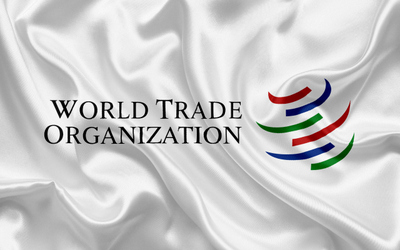Crisis gives India the Chance to Clean Up its Shadow Banking Sector

Further to your report “India’s shadow banking crisis sparks credit crunch” (FT.com, July 3): even more worrisome is the danger of the ongoing liquidity squeeze in the shadow banking sector turning into a more serious solvency issue. Several liquidity-starved shadow banks have already initiated the sale of loan portfolios and assets to meet repayment obligations.
As shadow banks are the largest net borrowers of funds from the financial system with a substantial part of funding coming from banks, mutual funds and insurance companies, the failure of a large shadow bank…




